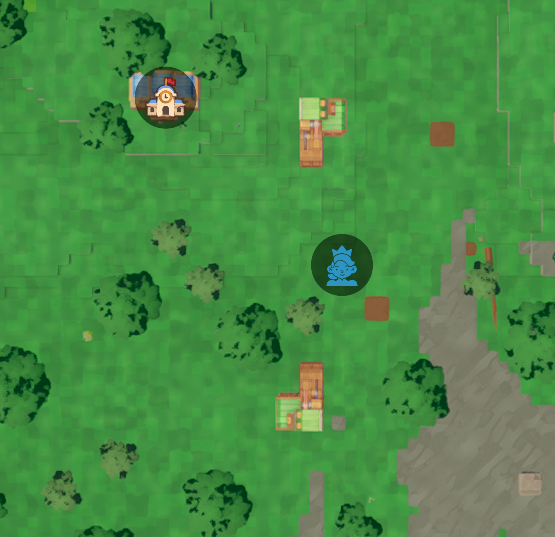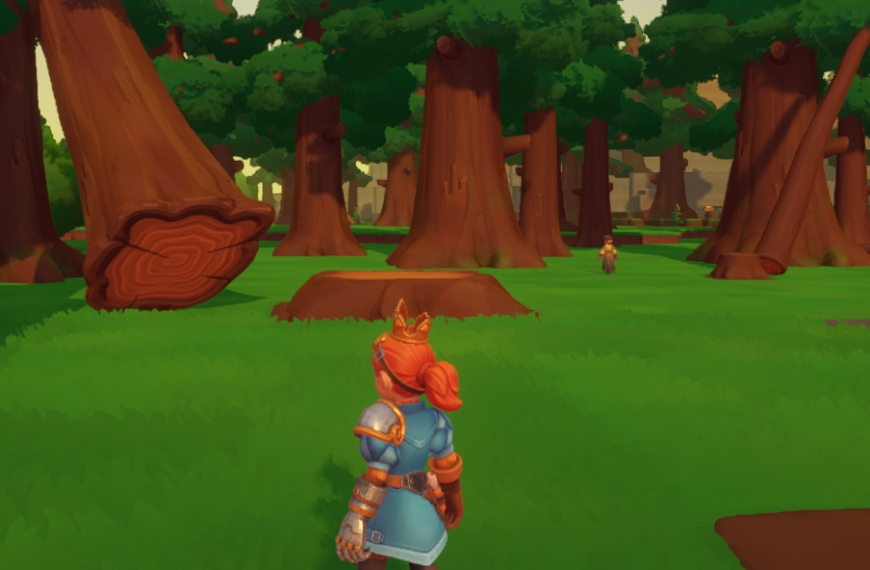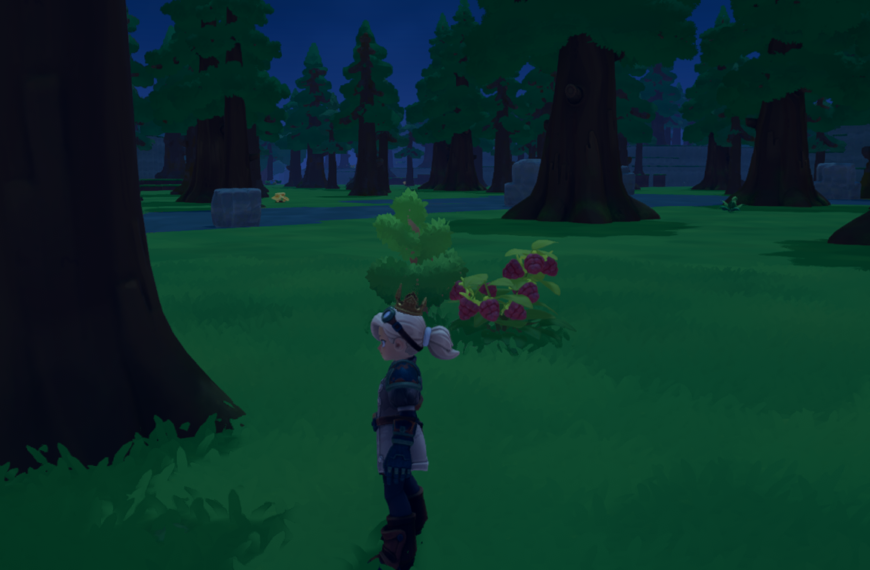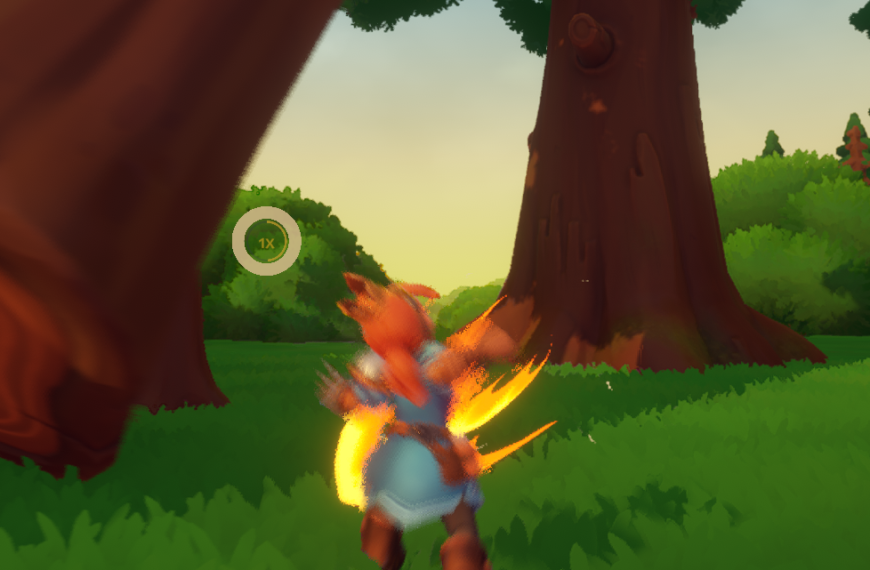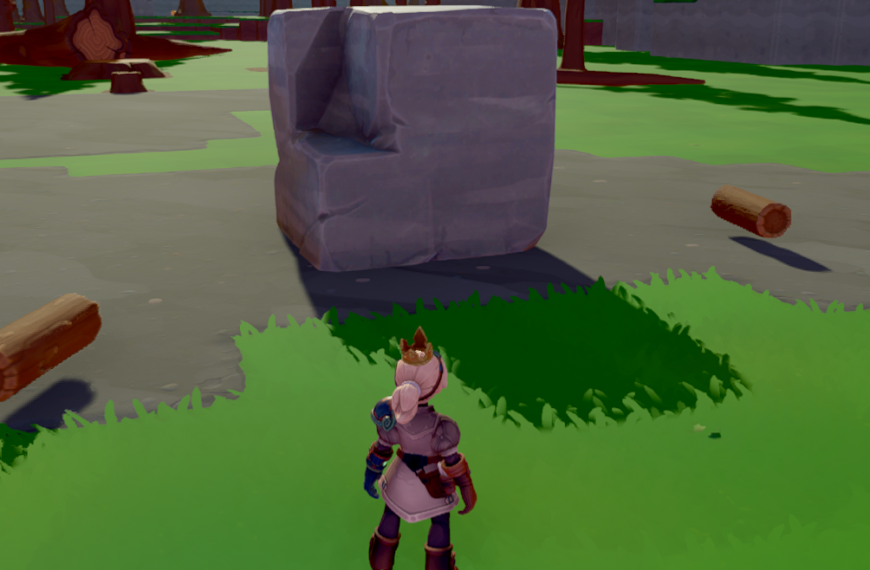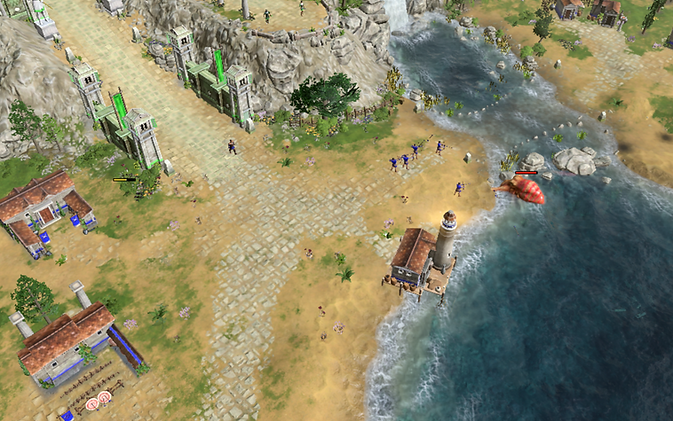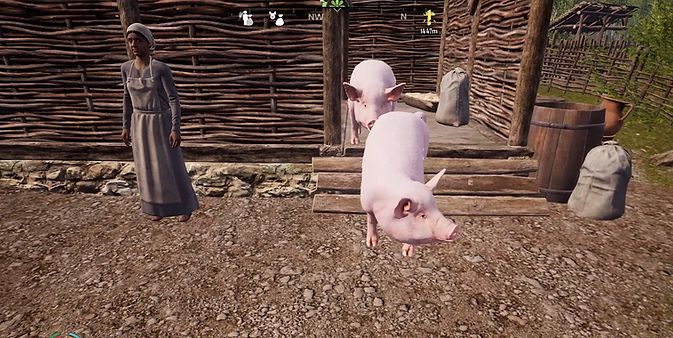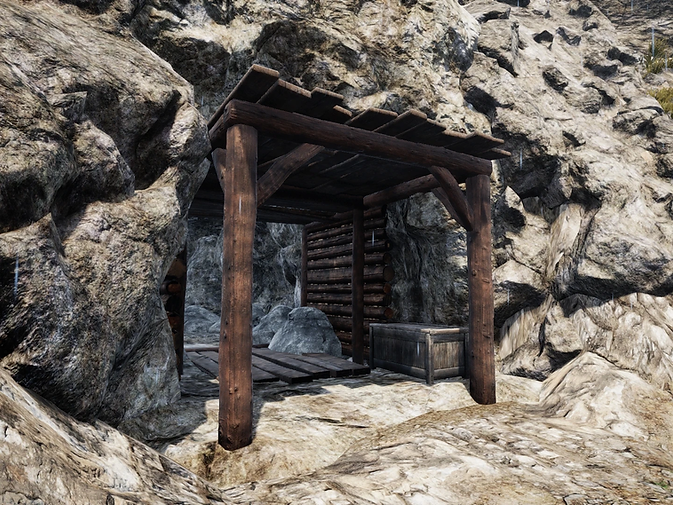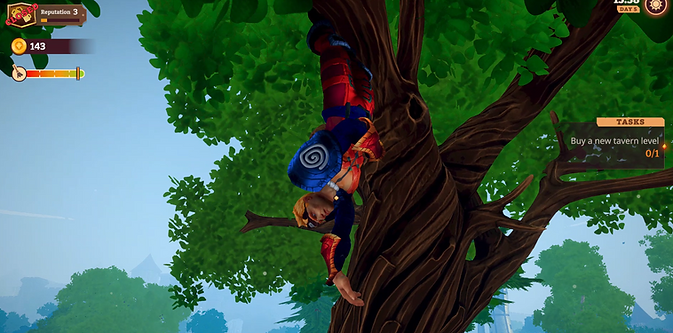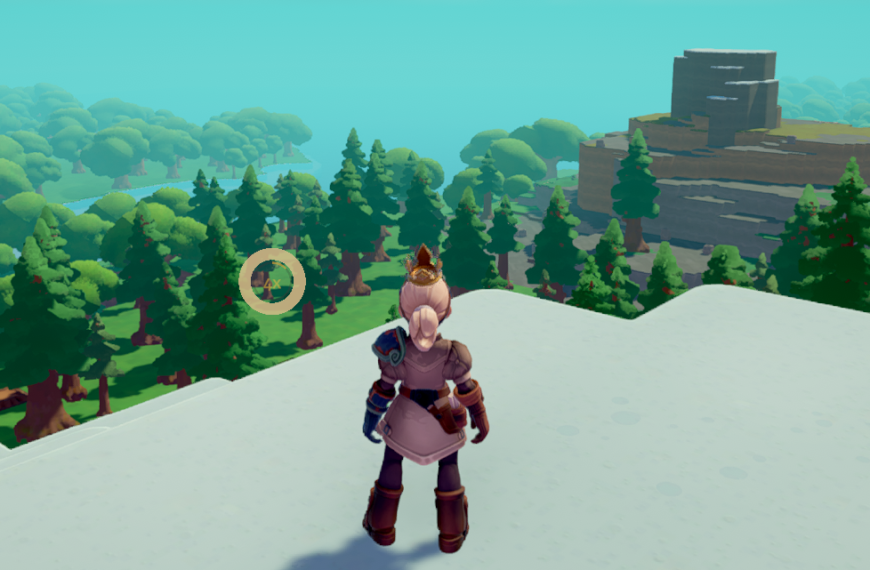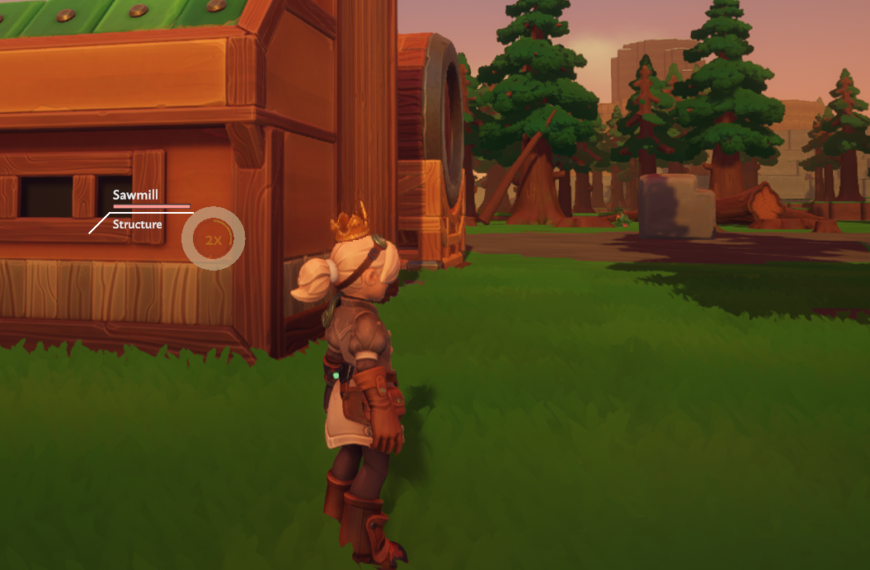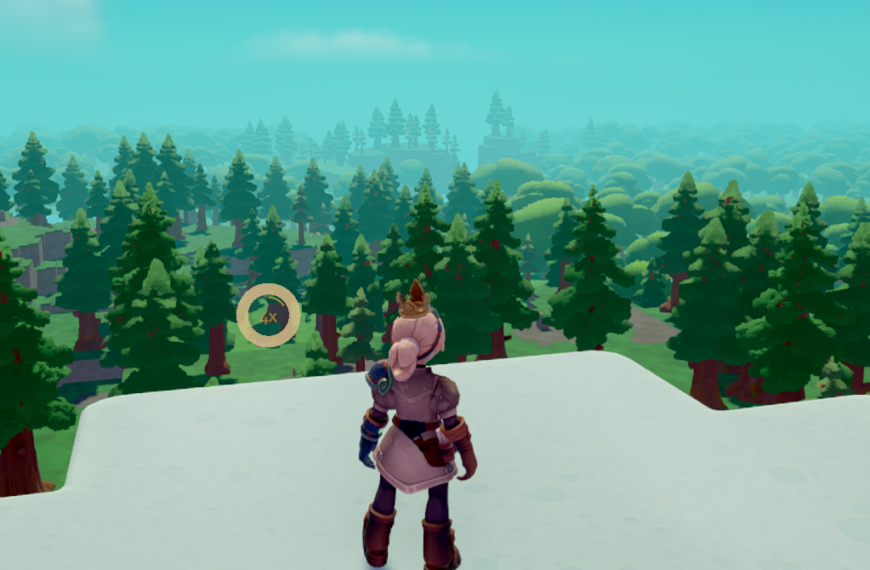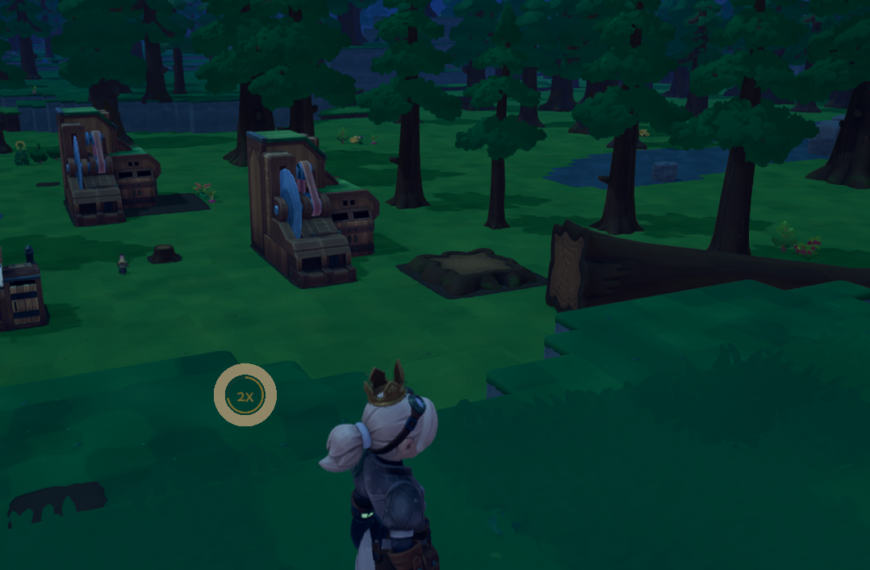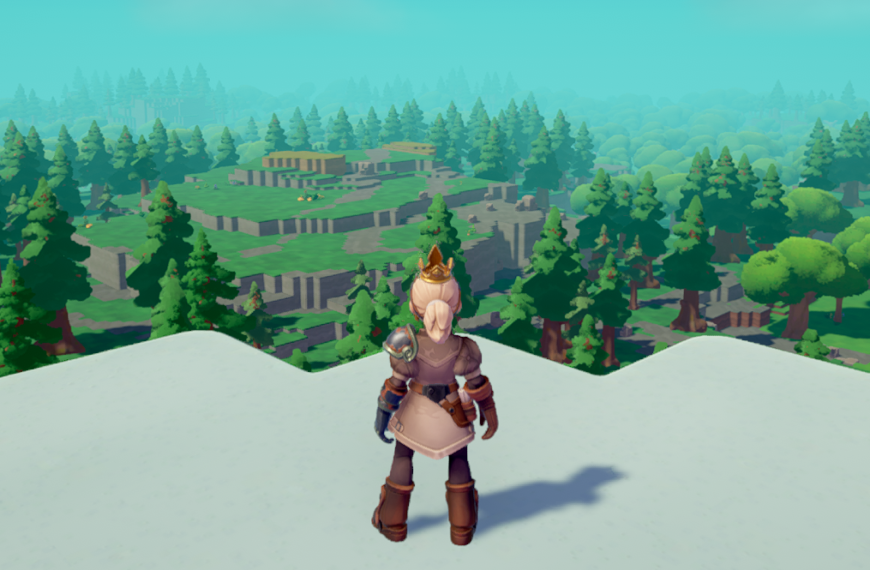What is the Overthrown Roadmap?
Let’s start with the basics. The overthrown roadmap is a crucial concept in today’s gaming landscape. Think of it as a treasure map that guides developers and players alike through the evolving world of gaming. You know how sometimes you’re completely lost while playing a new title? Well, that’s where the overthrown roadmap comes in, providing clarity and direction on the journey ahead.
I remember diving headfirst into a new game last year, only to find myself absolutely baffled by its mechanics. I realized I was missing the roadmap. Without it, I was wandering around like a headless chicken—exploring areas I shouldn’t have been, wasting resources, and generally making a fool of myself. It’s incredible how a well-structured roadmap can save you from those “what am I doing with my life?” moments.
The Importance of Planning in Gaming
Honestly, planning in gaming is often undervalued. Developers are the architects of this digital universe, and they need a solid plan to build a fantastic game. When I first started tinkering with game design, my tendency was to dive right in, excited to create. But let me tell you, my early projects were disasters. I learned the hard way that without a correct plan—an effective roadmap—your creativity can spin wildly out of control.
The overthrown roadmap isn’t just about aesthetics; it also includes mechanics, storytelling, and player engagement strategies. For instance, when I tried designing a basic platformer, I had this wild idea to include a multitude of power-ups. Sweet concept, right? But when I plotted it out, my poor little character could barely navigate through simple levels due to the overload! Remembering to balance things is a key lesson I had to learn; a structured outline keeps the gameplay smooth.
Navigating Through Development Phases
So, the overthrown roadmap often breaks the game development process down into phases: pre-production, production, and post-production. I can totally relate. Reckon everyone has a time in their life when they’ve taken on more than they could chew, thinking, “I got this!” Yet, without understanding the phases clearly, I ended up overwhelmed.
During my first endeavor, I jumped immediately into production with no pre-production phase. Bad idea! I wasted hours tweaking game mechanics that should’ve been ironed out early on. A well-defined overthrown roadmap helps guide developers step-by-step and reduces those frustrating pitfalls. During the pre-production, you sketch out ideas, make prototypes, and gather feedback—all the stuff that sets you up for success. Trust me, take your time here.
Creating An Effective Overthrown Roadmap
Now let’s get into how to create your own effective overthrown roadmap. It sounds overwhelming, but it can actually be simpler than it looks. Trust me; I’ve toiled through really complex models before, and you don’t need that. Simplicity can be your greatest ally!
Define Your Goals
First thing is first: define your goals! There’s nothing more priceless than clarity. Are you making a RPG, an adventure game, or something entirely different? I once set out creating a RPG without a clear idea of the player’s journey—it spiraled into chaos! I kept throwing in ideas, but they weren’t cohesive; you don’t want that. I learned to envision the big picture before diving into details.
Go ahead and jot down exactly what you want to achieve by the end of your game. Create milestones! This will keep you motivated. Imagine checking off a finished feature—so rewarding.
Engage with Your Audience
On top of that, engaging with your audience early on is super vital. In my experience, building a small community while developing your goal makes a surprising difference! I can’t stress enough how feedback from early testers can alter your trajectory for the better.
Try to share sketches, concepts, or even beta versions of your game with willing participants. I was initially shy about this, fearing rejection, but when I finally made the leap, I was showered with constructive help. There’s something humbling about being genuinely open to advice.
Iterate and Adapt
The best part about roadmaps is the flexibility to iterate and adapt. I can’t tell you how many times my original ideas took new shapes as I progressed through the phases. Listening to audience feedback, whittling down unnecessary features—it’s all part of the game-making journey.
One time, a friend of mine tested my platformer and suggested a change to a power-up I had thought was cool. Initially, I was defensive, but after I made the adjustments, the game became so much more enjoyable!
Final Thoughts: Embrace the Journey
To put it all together, consider the overthrown roadmap an essential tool, not just for developers but for players as well. It helps give everyone a sense of direction and purpose. The road may get bumpy, and you might face frustration, but that’s just the nature of gaming.
Reflecting on my early missteps, I wish someone had sat me down with this information. Your roadmap, with defined goals, audience engagement, and adaptability, can elevate your game. Embrace every step of the development journey, learn from the bumps, and who knows? You might just create the next gaming sensation! Don’t forget, gaming is supposed to be fun, so keep it light and enjoy the ride!
